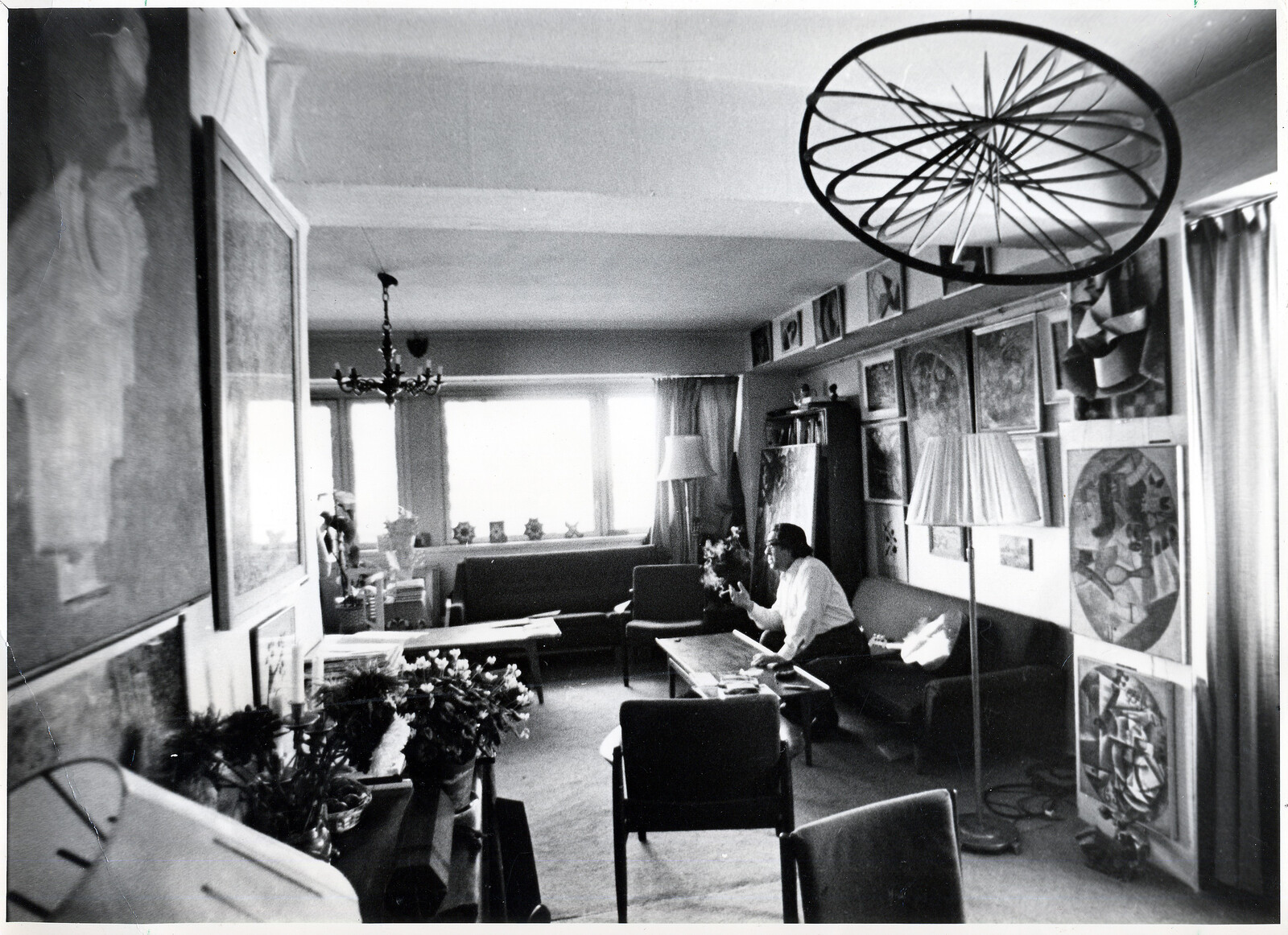Russian avant-garde art at Greece
June 29–September 16, 2018
21, Kolokotroni str., Stavroupoli
Moni Lazariston
56430 Thessaloniki
Greece
The extraordinary period of Russian Avant Garde (1910-1930) is depicted in the most narrative way through the works of the George Costakis collection in the State Museum of Contemporary Art, in Thessaloniki, Greece. The SMCA in Thessaloniki holds one of the most complete collections of Russian avant-garde art outside Russia itself.
Since the Thessaloniki. Costakis collection. Restart exhibition opening on June 29, over 2500 visitors enjoyed this outstanding collection through 400 and over works of art and archive by the suprematist, Kazimir Malevich, the constructivists Vladimir Tatlin, Alexander Rodchenko and Gustav Klutsis, the outstanding cubo-futurist and constructivist, Lyubov Popova, Ivan Klyun, Mikhail Matyushin and the Ender family, the founder and theoretician of analytical art, Pavel Filonov along with programme works and archival materials of Solomon Nikritin, Alexander Drevin, Nadezhda Udaltsova, Olga Rozanova, El Lissitzky, Pavel Mansurov and many more.
The personality of George Costakis, one of the greatest collectors of our time, who acquired his works in the highly challenging environment of the pre-perestroika USSR, often saving them from otherwise inevitable destruction, is also present throughout the whole exhibition. The breathtaking collection which Costakis assembled in the Soviet Union in the second half of the last century embraces Russian and Soviet art of the 1900-1940s, including all stages of the formation and development of the Russian avant-garde with all its diverse styles, genres and techniques. In 1977, a part of the collection was donated to the Tretyakov Gallery in Moscow, while the remaining works left the USSR together with their owner, who settled in Greece. Each of the two parts of the divided collection offers a vivid picture of the evolution of the Russian avant-garde.
The collector George Costakis himself considered his works as his “children” and had come down with the five rules of the Collector, as such:
1. A real collector must feel like a millionaire even when he is penniless… If he understands and loves a work and is sure of himself, he must not be afraid to buy it. A work of high artistic quality is literally priceless to the collector […] For such a work he will always find that he has paid less than it is worth […] This I affirm from personal experience without exaggeration. What I say pertains to people who collect by examining works in person and not by hearsay.
2. Rationalization is the collector’s greatest enemy.
3. The real collector is ready to give up everything he has for a work he covets. It is easier for him to endure material hardship than to lose his new find.
4. A collector must not haggle. It is more advantageous for him to pay too much than to pay enough […] If the collector tries to wheedle down the price, he may lose a work to someone else, but it is even worse if the seller gives way under pressure […] The money saved turns against the collector.
5. One of the most important precepts for the collector is that he must precisely, even ruthlessly define the limits of his collection, and he must resolutely remind himself that—on this particular matter—his reach should never exceed his grasp.
Exhibition General Partner: AVC Charity Foundation
With the Support of: Heritage International Foundation
Curators: Natalia Avtonomova, Alla Lukanova, Maria Tsantsanoglou
Co-curator: Angeliki Charistou
Exhibition design: Kirill Ass, Nadia Korbut
Exhibition catalogue: Dmitry Mordvintsev (ABC Design).



